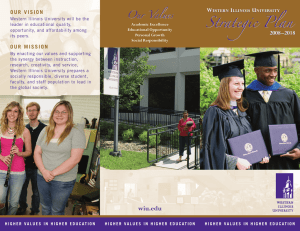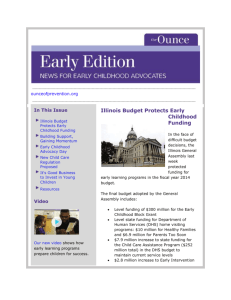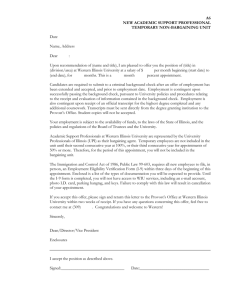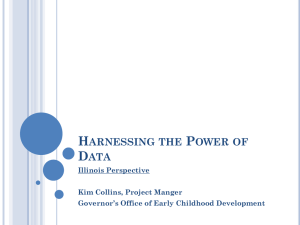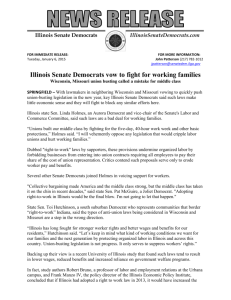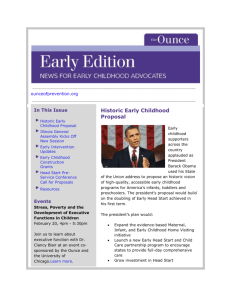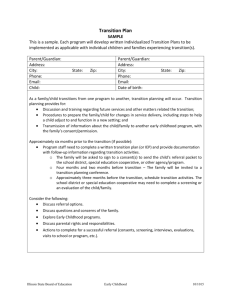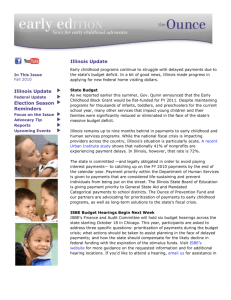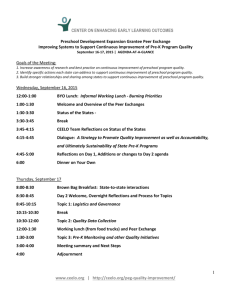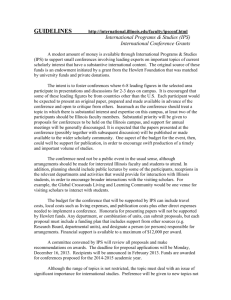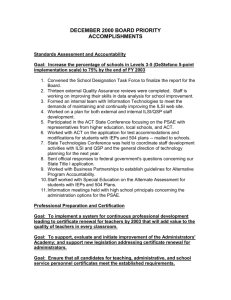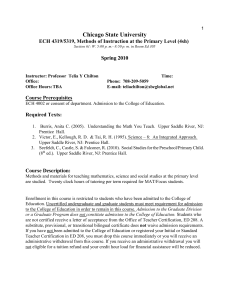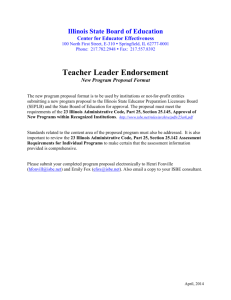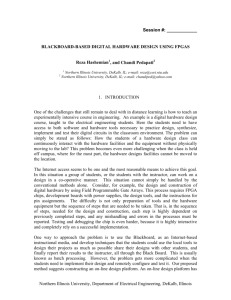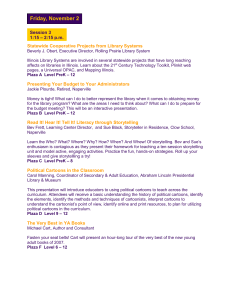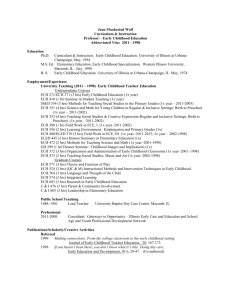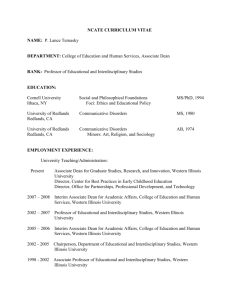Blog Theresa Hawley - QRIS National Learning Network
advertisement
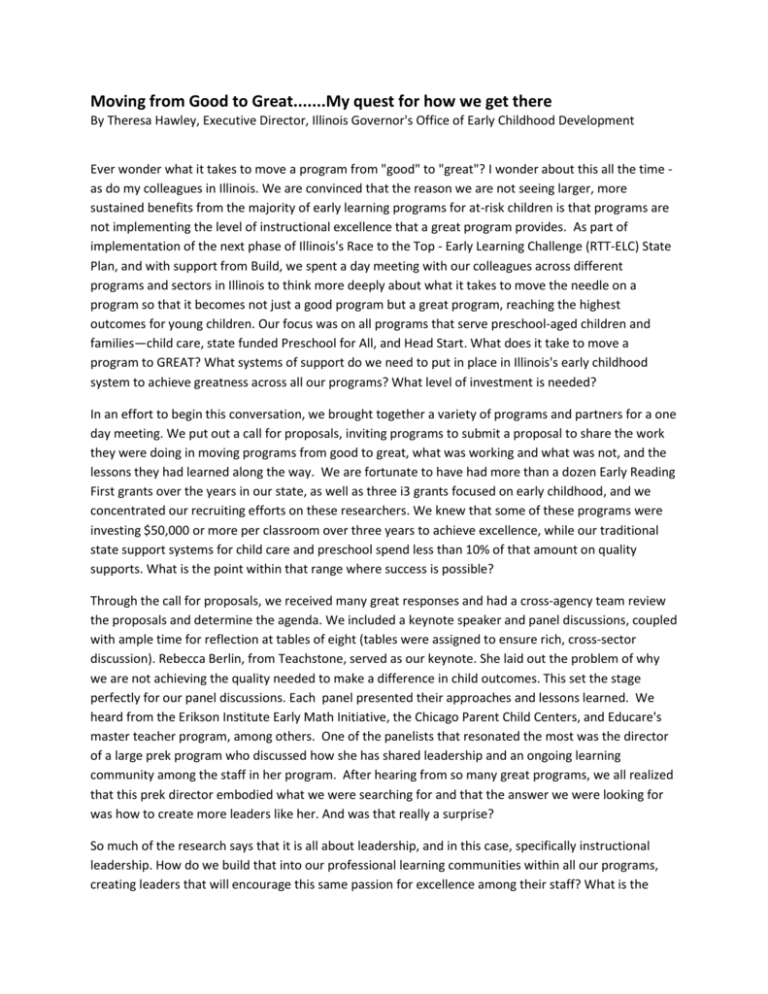
Moving from Good to Great.......My quest for how we get there By Theresa Hawley, Executive Director, Illinois Governor's Office of Early Childhood Development Ever wonder what it takes to move a program from "good" to "great"? I wonder about this all the time as do my colleagues in Illinois. We are convinced that the reason we are not seeing larger, more sustained benefits from the majority of early learning programs for at-risk children is that programs are not implementing the level of instructional excellence that a great program provides. As part of implementation of the next phase of Illinois's Race to the Top - Early Learning Challenge (RTT-ELC) State Plan, and with support from Build, we spent a day meeting with our colleagues across different programs and sectors in Illinois to think more deeply about what it takes to move the needle on a program so that it becomes not just a good program but a great program, reaching the highest outcomes for young children. Our focus was on all programs that serve preschool-aged children and families—child care, state funded Preschool for All, and Head Start. What does it take to move a program to GREAT? What systems of support do we need to put in place in Illinois's early childhood system to achieve greatness across all our programs? What level of investment is needed? In an effort to begin this conversation, we brought together a variety of programs and partners for a one day meeting. We put out a call for proposals, inviting programs to submit a proposal to share the work they were doing in moving programs from good to great, what was working and what was not, and the lessons they had learned along the way. We are fortunate to have had more than a dozen Early Reading First grants over the years in our state, as well as three i3 grants focused on early childhood, and we concentrated our recruiting efforts on these researchers. We knew that some of these programs were investing $50,000 or more per classroom over three years to achieve excellence, while our traditional state support systems for child care and preschool spend less than 10% of that amount on quality supports. What is the point within that range where success is possible? Through the call for proposals, we received many great responses and had a cross-agency team review the proposals and determine the agenda. We included a keynote speaker and panel discussions, coupled with ample time for reflection at tables of eight (tables were assigned to ensure rich, cross-sector discussion). Rebecca Berlin, from Teachstone, served as our keynote. She laid out the problem of why we are not achieving the quality needed to make a difference in child outcomes. This set the stage perfectly for our panel discussions. Each panel presented their approaches and lessons learned. We heard from the Erikson Institute Early Math Initiative, the Chicago Parent Child Centers, and Educare's master teacher program, among others. One of the panelists that resonated the most was the director of a large prek program who discussed how she has shared leadership and an ongoing learning community among the staff in her program. After hearing from so many great programs, we all realized that this prek director embodied what we were searching for and that the answer we were looking for was how to create more leaders like her. And was that really a surprise? So much of the research says that it is all about leadership, and in this case, specifically instructional leadership. How do we build that into our professional learning communities within all our programs, creating leaders that will encourage this same passion for excellence among their staff? What is the right level of investment to achieve that? What we know for sure is that this must happen at the program level and it has to be embedded in a way so that it does not end when grant-funded coaching ends or special technical assistance ends. It's not about the visiting expert but about creating a culture of growth with supports in the program. We can spend $50,000 per classroom on coaching and mentoring but, at the end of the day, will we have made real change in our program staff and teachers and leaders when it is over? How do we plant these seeds in every early childhood program? How do we nurture and make them grow so that every program and every staff member working with young children is on a continuous path of moving from good to great? We ended this day of discussion with much information and examples of programs that are doing great things. We are convinced that the answer lies within an ideal of instructional excellence but how to achieve that ideal still lies beyond our reach. In Illinois, we will continue on a quest for this answer. Please continue this discussion with me, share your efforts to move from good to great and let us think together about how we move this agenda forward across each of our states and country. I look forward to your comments and discussion.


